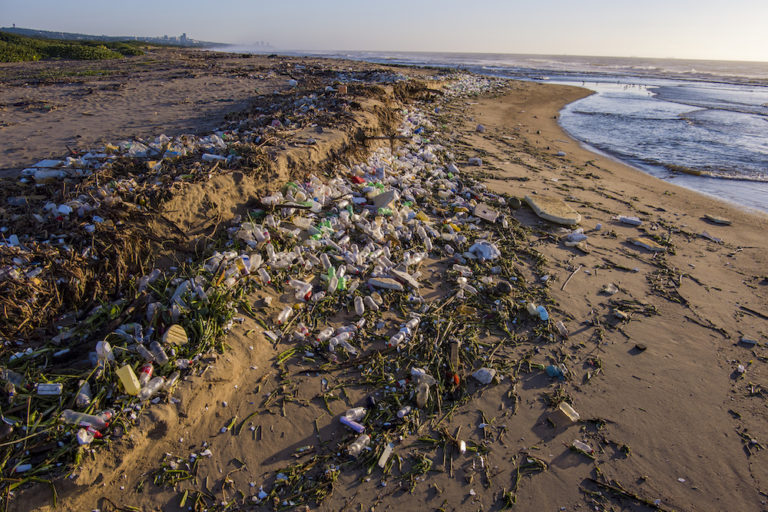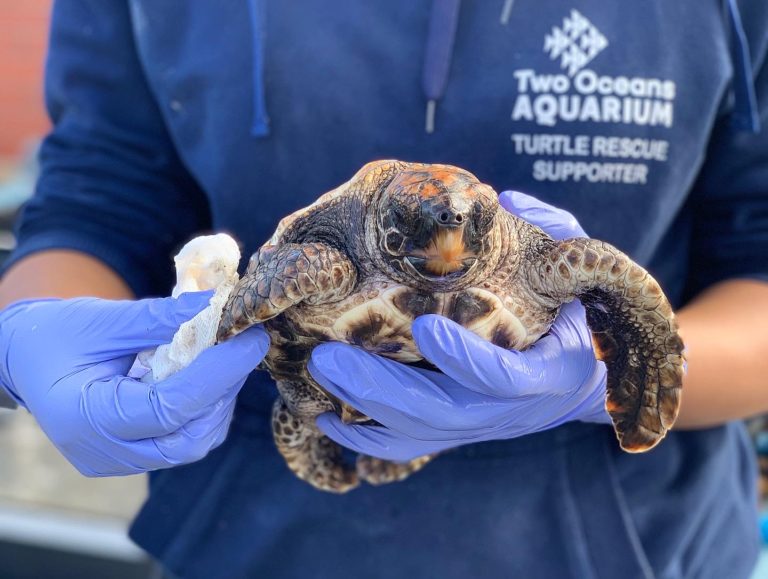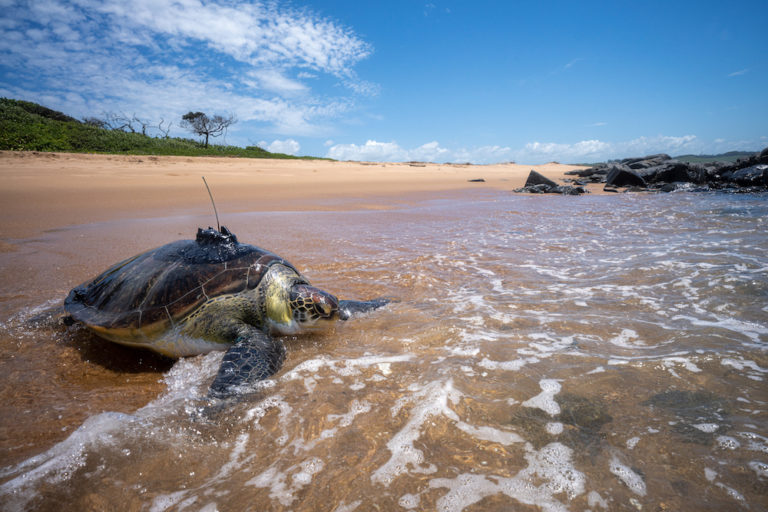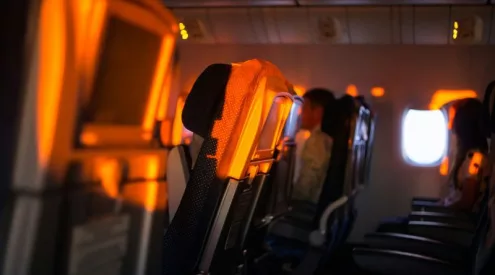The South African Bureau of Standards (SANBS) will introduce certification regulations for plastics and plastic packaging in South Africa, lining up more with international practices.
This includes clamping down on ‘packaging that makes claims of being environmentally friendly’, green, earth-friendly, etc, reports Business Tech.
‘Managers that wish to claim their plastic packaging are biodegradable need to subject the packaging to the relevant testing and certification requirements,’ acting CEO of the Bureau, Dr Sadhvir Bassoon said.
South Africa’s plastic waste
The World Wildlife Fund (WWF) estimates that South Africa produces 2.4 million tons of plastic waste each year, making it the ’11th worst global offender of leaking land-based plastic into the ocean in absolute terms.’ This means that on average, each South African citizen is responsible for 41 kg of plastic waste annually. In comparison, the global average is 29%.

Picture: GettyImages
A 2019 study found that South Africa spent R885 billion on plastic pollution costs. This includes damage to major economic industries like tourism and the fishing sector. Health threats and clean-up costs also contribute to plastic pollution costs.
The Department of Forestry, Fisheries, and the Environment released a statement explaining how ‘plastics are increasingly considered as one of the problematic waste streams that are occupying landfill sites, illegal dumps, rivers and ultimately, oceans with dire consequences to ocean life.’
WWF’s report stated that marine plastic continues to increase via South African land-based sources.
Aquatic animals and plastic
Bringing it even closer to home, the Two Oceans Aquarium Education Foundation released a report in May 2022 that their 124 hatchling turtles passed 237 pieces of plastic. For the year 2022, the aquarium found that 62% of their post-hatchlings who were brought into the centre for rehabilitation had ingested plastic.
READ: Two Oceans Foundation returns 69 rehabilitated sea turtles to the ocean

Picture: Getaway gallery
One of their turtles, Bob, ‘arrived at the Two Oceans Aquarium in 2015 with such severe injuries caused by plastic pollution that vets did not think it could survive. The injuries included a fractured shell and lacerations, which had led to septicaemia, which caused brain damage and blindness. Its condition was exacerbated by plastic ingestion which caused digestive issues.’ Although vets believed it would never survive in the wild again, the dedicated aquarium team rehabilitated him to where they were able to release it earlier this year.
Unfortunately the number of aquatic creatures, as well as land-based animals, increasingly suffer at the hands of plastic waste, and not many of them get a happy ending like Bob.
READ: One Blue Heart zero-waste dinner raises funds for turtle conservation

Picture: Linda Ness
With the implementation of SABS’s new certification requirements they, and other standardised forums and national standards bodies, want to ‘provide standards and guidelines for environmentally friendly production and processing of plastics and plastic products.’ This first step will hopefully create awareness among South African consumers about the types and quantities of plastic they purchase and contribute to reducing marine plastic.
Follow us on social media for more travel news, inspiration, and guides. You can also tag us to be featured.
TikTok | Instagram | Facebook | Twitter
ALSO READ: World Ocean Day: what you need to know and how you can help














